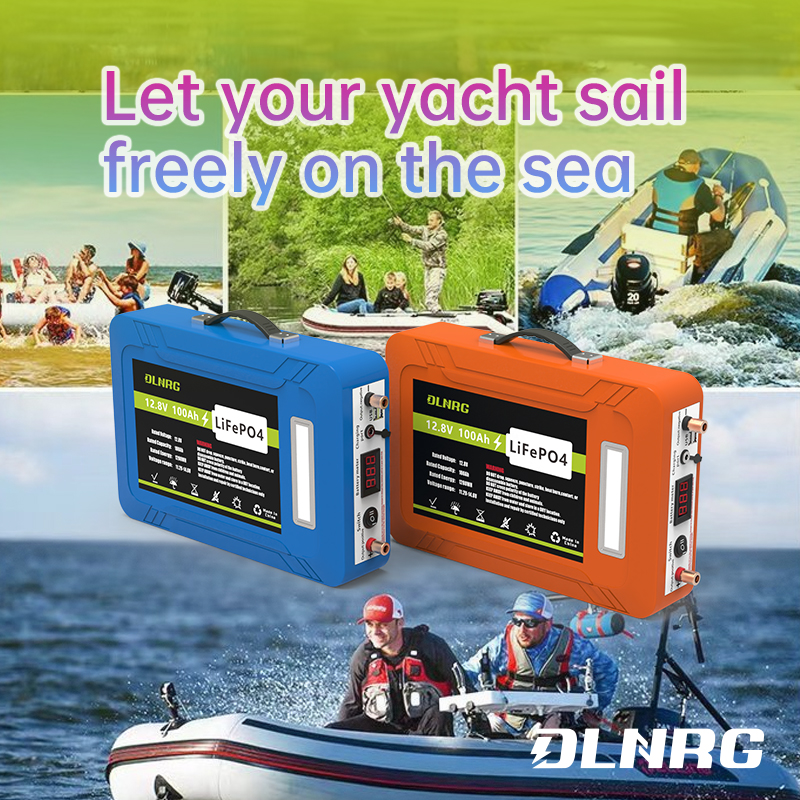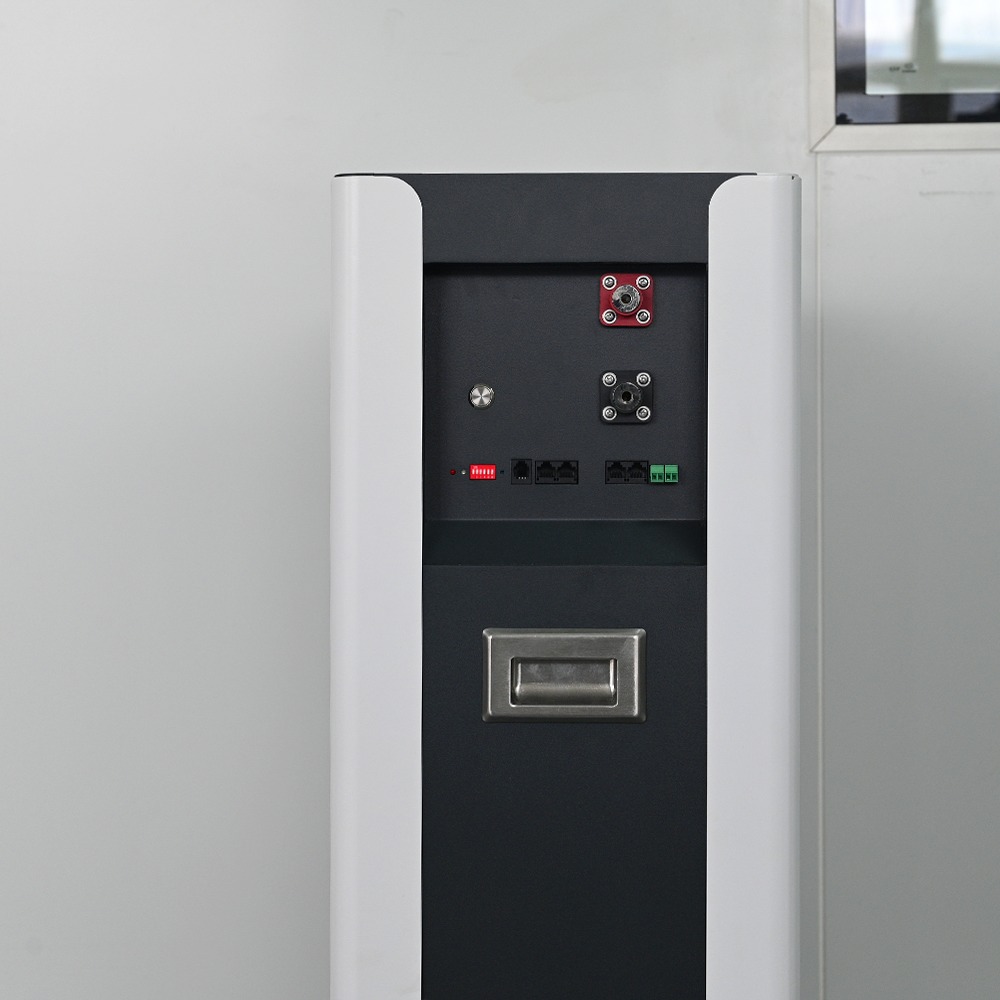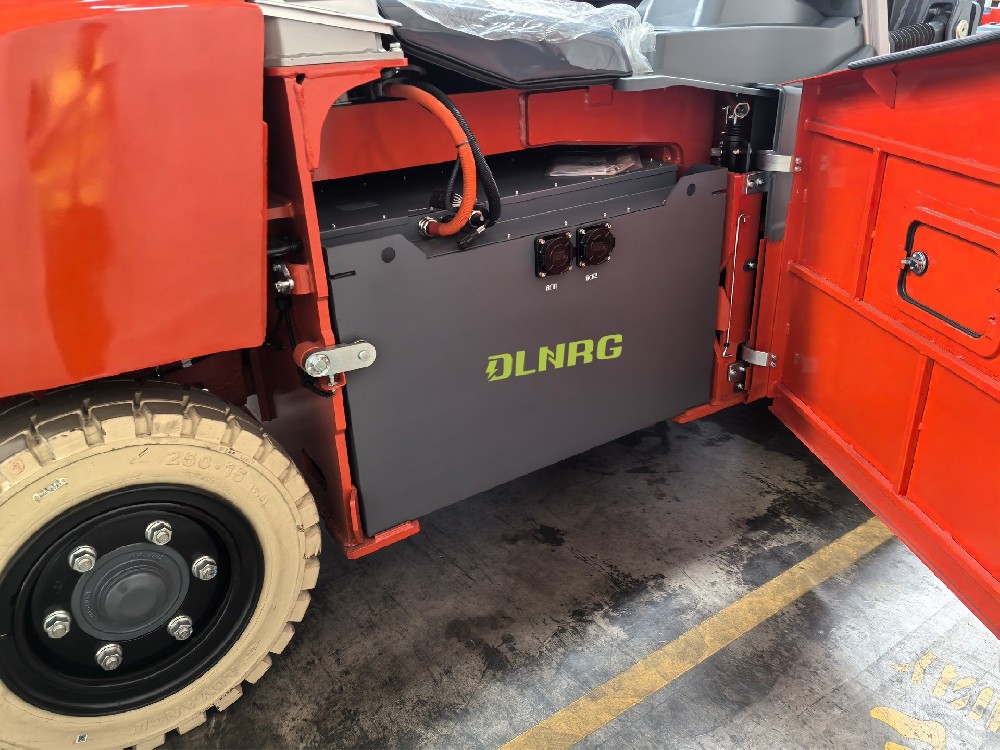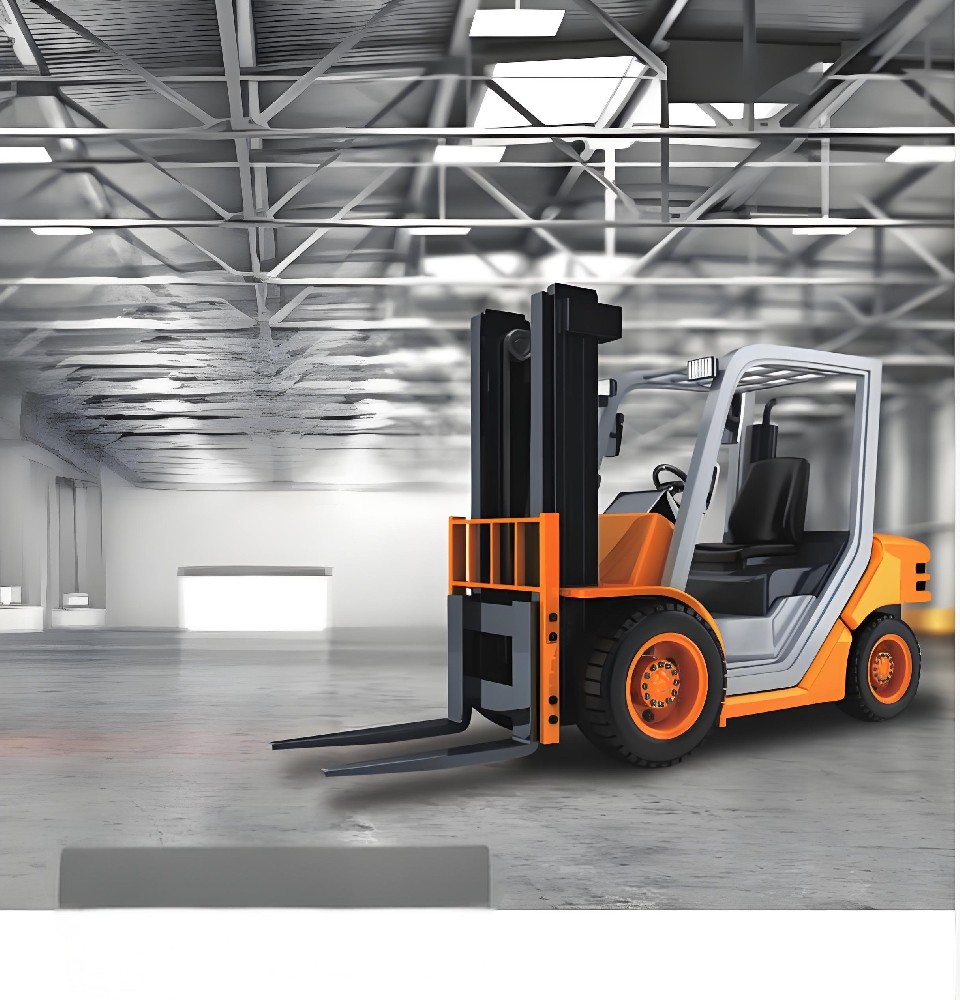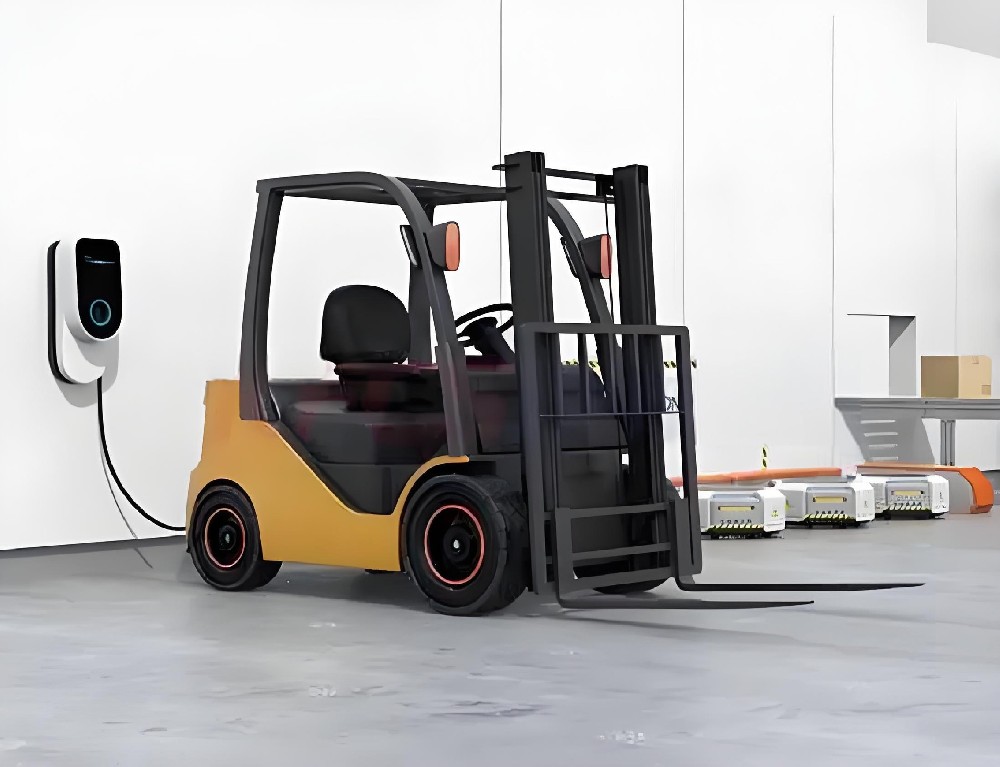Introduction
Forklifts play a crucial role in logistics and warehousing industries, enabling the efficient movement of goods and materials. The choice of battery technology largely influences the overall performance, cost, and environmental impact of forklift operations. Therefore, businesses must understand the benefits and drawbacks of different battery types to make an informed decision. Lithium batteries have become famous for forklifts and industrial equipment due to their high energy density and long cycle life. These batteries come in various chemistries, with Nickel Manganese Cobalt (NMC) and Lithium Iron Phosphate (LFP) being two of the more prominent types used in the industry. This article will provide an overview of NMC and LFP batteries, discuss their respective advantages and disadvantages, and offer guidance on selecting the most suitable battery for forklift applications.
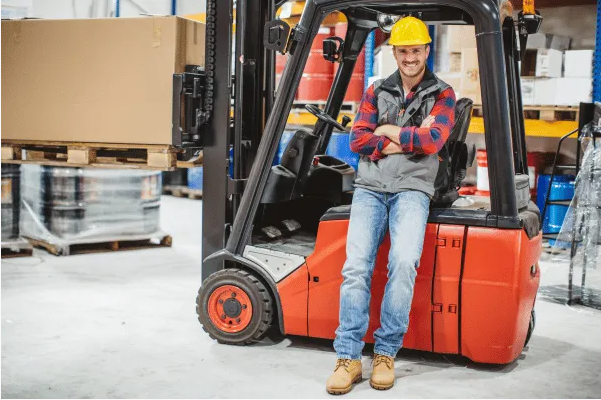
Nickel Manganese Cobalt (NMC) Lithium Batteries for Forklifts
Overview of NMC batteries
Nickel Manganese Cobalt (NMC) batteries are a type of lithium-ion battery that utilizes a particular blend of metal oxides for their positive electrode (cathode). They combine nickel’s high energy density, manganese’s thermal stability, and cobalt’s rate capabilities to deliver balanced performance.
Advantages of NMC as forklift batteries
High Energy Density
One of the critical strengths of NMC batteries is their high energy density. This refers to the amount of energy that can be stored in a given unit of volume or weight. This high energy density makes NMC batteries particularly useful for applications.
Good Rate Capabilities
NMC batteries are known for their high power output (rate capabilities). This makes them suitable for forklifts that require high bursts of power, particularly when lifting heavy goods or operating continuously over more extended periods.
Disadvantages of NMC batteries
Health and Environmental Concerns
NMC batteries pose some health and environmental concerns. Cobalt, one of the critical components, is both toxic and, in some regions, sourced through questionable practices, sparking ethical and ecological discussions.
Thermal Stability Issues
While adding manganese to the cathode provides some stability, NMC batteries can still suffer from thermal runaway if they are overcharged or operate in high temperatures. Thermal runaway can lead to battery failure and, in severe cases, fires or explosions.
Ways to Mitigate the Downsides of NMC Batteries
Despite these challenges, they can be mitigated. Advanced Battery Management Systems (BMS) can monitor the battery’s state and prevent overheating or overcharging. Also, sourcing materials from responsible vendors can alleviate ethical and environmental concerns.
Case Studies/Examples of NMC Battery Usage in Forklifts
Several companies are leveraging the high energy density and power output of NMC batteries. For instance, Toyota Material Handling has introduced NMC lithium-ion batteries in their forklifts, delivering increased productivity and reduced downtime compared to traditional lead-acid batteries.
Lithium Iron Phosphate (LFP) Batteries for Forklifts
Lithium Iron Phosphate (LFP) batteries are a subclass of lithium-ion batteries, using lithium iron phosphate as the cathode material. They’re popular in applications where safety, life cycle, and thermal stability precede energy density.
Advantages of LFP batteries
Safety
One of the main advantages of LFP batteries is their intrinsic safety. Due to the phosphate cathode material, these batteries have a low risk of failure, even under conditions such as being overcharged, short-circuited, or heated, making them a strong choice for environments where safety is crucial.
Longevity and Thermal Stability
LFP batteries offer long cycle life, often exceeding 2000 complete charge/discharge cycles before their capacity falls to 80%. Additionally, they have excellent thermal stability and a high tolerance to heat. This combination of longevity and heat resistance minimizes the risk of thermal runaway and makes them suitable for forklifts working in hot environments or undergoing intense usage.
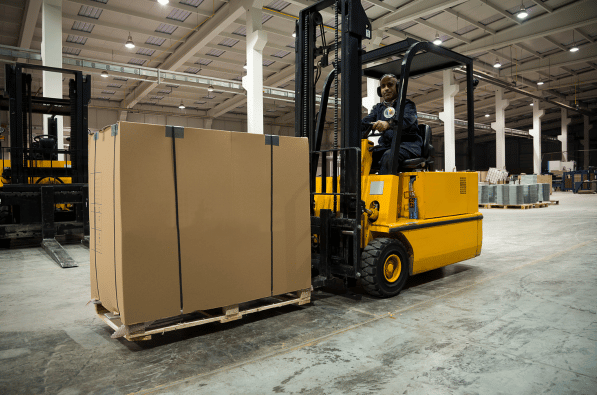
Disadvantages of LFP Batteries
Lower Energy Density
LFP batteries have lower energy density compared to NMC batteries. This means they can store and deliver less energy for a given volume or weight, potentially providing shorter operational periods between charging.
Higher Cost
Despite their advantages, LFP batteries often come at a higher upfront cost than other lithium-ion alternatives, including NMC. However, when considering the longer lifespan, the total cost of ownership may be more competitive.
Ways to Improve Performance of LFP Batteries
Advancements in technology may improve the energy density of LFP batteries, enhancing their competitiveness with other lithium-ion batteries. Besides, adhering to a battery management system (BMS) can maximize their potential and lifespan.
Case Studies/Examples of LFP Battery Use in Forklifts
Companies are increasingly exploring LFP batteries for forklifts due to their longevity and safety. For example, BYD Forklifts has shifted to using solely LFP batteries across its range, capitalizing on their safety and long operational life to offer forklifts with reduced downtime and lower lifetime cost.
Comparisons Between NMC and LFP Batteries for Forklifts
When weighing the decision between NMC and LFP batteries for forklifts, several factors come into account.
Energy and Power Density
Overall, NMC batteries have a higher energy and power density than LFP batteries. This feature makes NMC suitable for extensive workloads where high-power bursts are needed. However, a lower energy density does not make LFP batteries inferior, as they sufficiently meet the power needs of most forklift operations with the added benefits of safety and longevity.
Safety
When it comes to safety, LFP batteries generally have the upper hand. Their intrinsic safety due to phosphate cathode material makes them less prone to failure under challenging conditions, making them highly attractive, particularly in industries where security is paramount.
Lifetime and Cycle Stability
Regarding cycle stability and life cycle, LFP batteries take the lead. They typically endure more charge/discharge cycles than NMC batteries before their capacity falls below 80%. This longer lifespan could mean fewer battery replacements, potentially reducing long-term costs.
Costs and Environmental Impacts
Initial cost comparisons often find LFP batteries more expensive than NMC. However, considering their longer lifespan and limited environmental concerns, the total cost of ownership could be competitive or even lower for LFP batteries.
As for environmental impact, while both types have concerns, NMC batteries involve cobalt, which has substantial ethical and ecological issues related to mining and disposal.
In conclusion, both NMC and LFP batteries have areas where they excel and others where they fall short. Making the right choice depends on the unique needs of the operation.
Factors to Consider When Choosing Between NMC and LFP for Forklifts
Selecting the right battery technology can influence your forklift’s efficiency, operational costs, and even staff safety. Here are vital factors to consider:
Power Requirements
Identify your power needs. Are there periods of intense use where the forklift needs to provide high-power bursts? NMC batteries might be more suitable due to their high power and energy densities. However, if the operation does not require extreme power, LFP batteries could suffice and provide a safer and more stability-focused power source.
Work Cycle
Consider the operational schedule and duty cycle of your forklifts. If the forklifts work for long periods without the opportunity for intermittent charging, a high-energy-density NMC battery might be more beneficial. However, for intense uses where the battery may heat up, the thermal stability of an LFP battery could be advantageous.
Charging Infrastructure
Charging infrastructure can be a determining factor. Businesses with quick-charging stations or those allowing regular top-up charges might find LFP batteries a suitable choice due to their longevity.
Budget
While the initial costs of NMC batteries may be lower, consider the total cost of ownership. This includes the costs associated with replacing the batteries, if necessary, and the resources required to manage and maintain them. LFP batteries, although more expensive up front, may offer more value over time thanks to their long lifespan.
Environmental and Ethical Considerations
Corporate social responsibility is increasingly vital. From this perspective, while both batteries must be disposed of safely and responsibly, businesses may favor LFP batteries for their reduced ethical and environmental concerns due to the absence of cobalt. In conclusion, every business has unique operability needs, and no battery fits all. Analyzing these aspects will help make an informed decision that’s best for productivity, bottom line, and environmental impact.
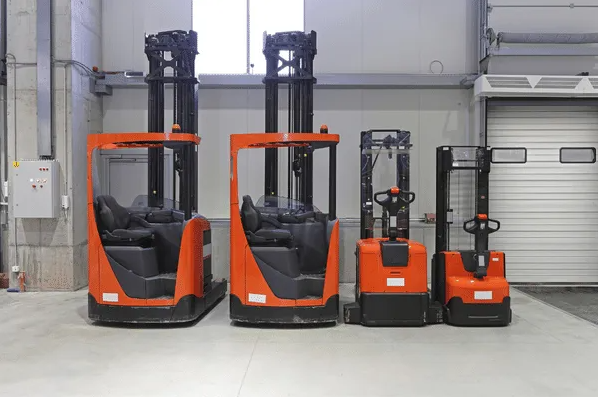
Conclusion and Final Thoughts
Choosing between Nickel, Manganese Cobalt (NMC), and Lithium Iron Phosphate (LFP) batteries for forklifts requires careful consideration of several factors. Each battery type has unique advantages and potential downsides, making their suitability context-dependent. NMC batteries, with their high energy and power density, offer extended operational periods and high performance, making them a potentially good fit for intensive workloads. However, they come with potential health, environmental, and safety concerns, mainly related to cobalt use and thermal runaway issues. On the other hand, LFP batteries are a safe and long-lasting power source with excellent thermal stability and a reduced environmental footprint. While they may have a lower energy density and a higher upfront cost, their longer lifespan and robustness could make them a cost-effective solution in the long run. Your decision should ultimately hinge on your unique operational requirements, available infrastructure, budget, and environmental and ethical commitments. Whichever you choose, ensure you have a robust battery management system to optimize battery performance and longevity. Continued advancements in battery technology and evolving industry regulations will undoubtedly impact future forklift battery choices. Therefore, stay informed about the latest trends and technological improvements to make the best decisions for your operations and the environment.

